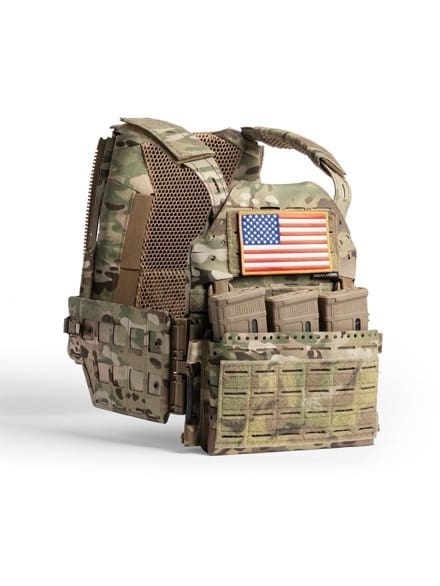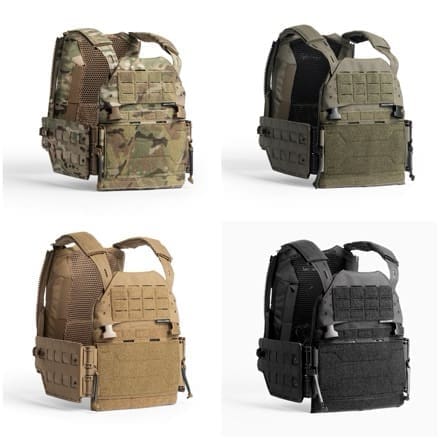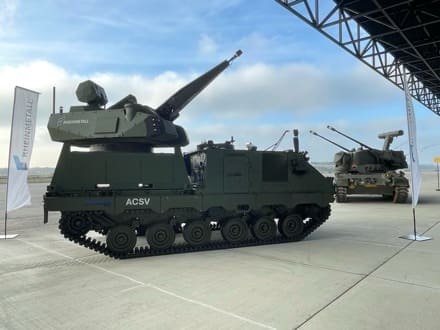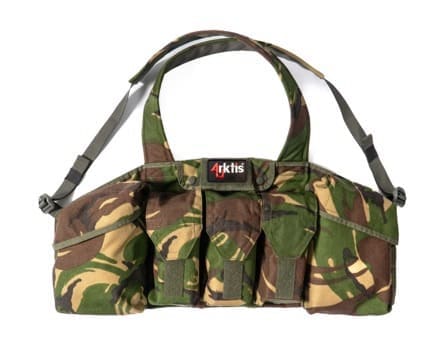Suunto, the Finnish pioneer in precision instruments and dive technology, proudly unveils its new dive computer series: Suunto Nautic and Suunto Nautic S. These next-generation devices mark a leap forward in Suunto’s dive legacy, blending rugged reliability with modern innovation to meet the needs of divers at every level.

Suunto announces the launch of two new dive computers, Suunto Nautic and Suunto Nautic S. These products mark the beginning of a new dive series designed to meet the evolving needs of both recreational and technical divers. With this launch, Suunto continues to build on its legacy of underwater exploration, offering reliable tools that combine modern functionality with durable design. Both products are designed and made in Finland.
From the Latin nauticus, meaning “of ships and sailors,” the name Nautic pays homage to Suunto’s origins in navigation. Just as Suunto’s first precision compasses 90 years ago guided explorers across unknown terrain, the Nautic series is built to guide divers below the surface – where trust, accuracy, and awareness matter most.
“The Nautic series builds on this legacy, combining Suunto’s proven reliability with modern features designed for today’s diving adventures. It represents the next chapter in Suunto’s long story of exploration beneath and beyond the surface,” says Lena Bergendahl, Suunto’s head of dive category and products.
Suunto Nautic – a full featured next generation dive computer built for adventure
The Suunto Nautic is a full-featured dive computer designed for dedicated divers who demand clarity, durability, and versatility. The Nautic features a 3.26-inch AMOLED display, the largest of its kind on the market. Designed for maximum readability in all diving conditions, the display offers a sharp 720×382 resolution and an adaptive user interface that ensures critical diving data is clearly visible. Despite its size and brightness, the Nautic maintains excellent battery performance: offering up to 120 hours of non-stop diving in medium brightness, 90 hours in night conditions, or 80 hours at full brightness. With typical use – about one dive per week – the battery lasts up to nine months on a single charge.

In addition to core dive features such as single- and multi-gas support, customizable alarms, compass, and wireless tank pressure compatibility, Nautic includes advanced features for technical diving. These include customization of dive views, trimix support, GF99 and SurfGF indicators, decompression planning tools, and compatibility with closed-circuit rebreathers via an upcoming software update. The device also supports sidemount diving with dual tank pressure display and switch alerts.
Suunto is renowned for its heritage and expertise in pioneering outdoor technology. The Nautic is also equipped with outdoor tools that support dive planning and preparation, including GPS, maps, tide information, weather forecasts, and sunrise/sunset times, and the Bühlmann 16 dive algorithm, complemented by a range of various algorithm settings.
A built-in LED flashlight adds utility for low-light conditions, and the device is compatible with Suunto’s heart rate belt and tank pod. Users can choose between a versatile bungee strap or a comfortable textile strap, both designed to ensure the right fit for every dive: easy to adjust (even with thick gloves), quick to use, and comfortable for every dive condition.
Suunto Nautic S – compact format with full dive functionality
The Suunto Nautic S, designed for scuba and free divers, offers similar functionality in a more compact wrist-sized format. It features AMOLED display technology and an intuitive interface in a more compact, lightweight design for divers who prefer a smaller device. Compared to the Suunto Ocean all-around sports, outdoor, and dive watch, the Nautic S is a single-purpose dive computer that focuses entirely on underwater functionality, omitting smartwatch and sports features, such as optical heart-rate tracking.

Like its larger counterpart, the Nautic S includes core diving features for both recreational and technical diving, including wireless tank pressure support, audio and vibration alarms, dive planning, compass, and sidemount support. It is ideal for freediving, snorkeling, and mermaiding, with specific features designed for these sports. The Nautic S also features the Bühlmann 16 dive algorithm with a range of various algorithm settings.
The Nautic S is water-resistant to 100 meters and rated for dives up to 80 meters. It also has an extensive battery life, up to 60 hours of non-stop diving. The device introduces a graphite gray color and an elastic textile strap for improved comfort. It also supports in-device customization of dive views and is compatible with Suunto’s existing accessories, including the Tank POD, heart rate belt, and 22mm Ocean and outdoor straps.
Suunto App: extending the dive experience
The Suunto app plays a central role in extending the functionality of both Nautic and Nautic S. It offers divers new ways to plan, log, and revisit their underwater experiences. Users can view their dive route and distance and enrich their logs by adding personal details such as equipment used, visibility conditions, sightings, and share their experience with their dive buddies. The app keeps all dive records organized and easily shareable, helping divers get more value from each adventure and maintain a comprehensive digital logbook.
Continuing a legacy of exploration
Founded in 1936 by Finnish inventor Tuomas Vohlonen, Suunto began with a breakthrough in compass technology – a more stable and accurate field compass that set a new standard for navigational precision. That same spirit of innovation has guided Suunto ever since.
Suunto entered the world of diving in 1965 with the launch of the SK-4, its first diving compass. In the decades that followed, Suunto introduced some of the industry’s most pioneering dive instruments, including the SME dive computer in 1987 and the Suunto Spyder in 1997 – the world’s first watch-sized dive computer. These milestones helped shape modern diving and established Suunto as a trusted companion for divers across the globe.




























































































































